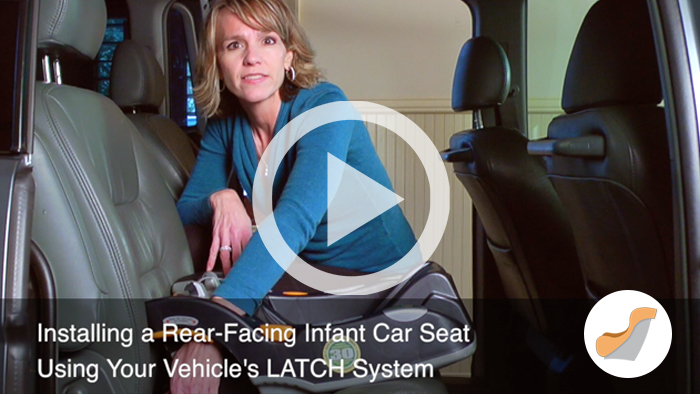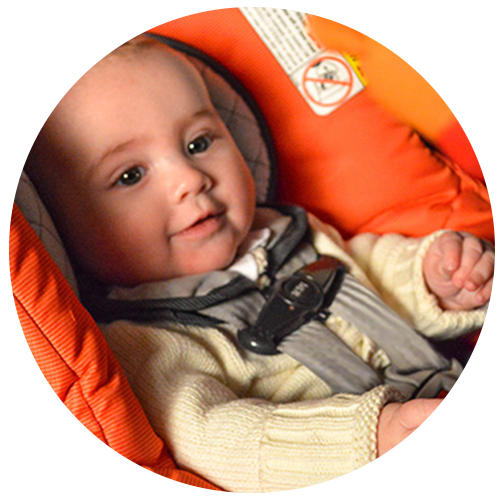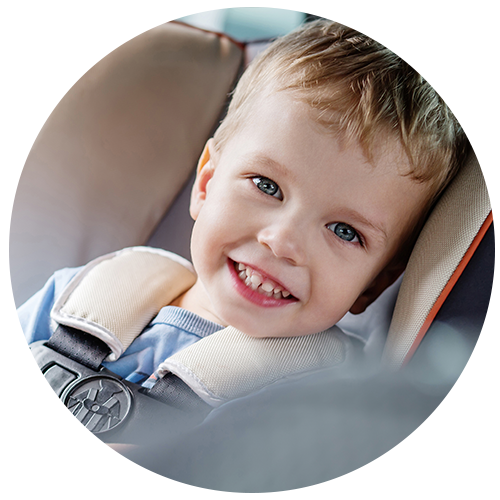Whether you’re putting your newborn in a car seat for their first ride home from the hospital or a seasoned parent watching your 5-year-old jump in their booster seat and buckle up for a trip to the beach, every parent has a responsibility and a desire to protect and keep their child safe.
Growing up is exciting and wonderful for everyone, but busy lives can get in the way. As parents we need to make sure we're always using the appropriate car seat for our children and in the correct way! Not just when they are first born, but as they grow and hit each new milestone.
We know that shopping for the right car seat, installing it, and knowing how to use it correctly, can be overwhelming for any parent. iRideSafe™ is designed to motivate, facilitate and educate you through each of the different car seat stages. Read on for more helpful tips and resources, view our free videos and downloadable materials, and gain valuable knowledge, that can potentially save your child’s life.
Enjoy the website and share it with your friends and family because together we can make Georgia roads safer for everyone.


















